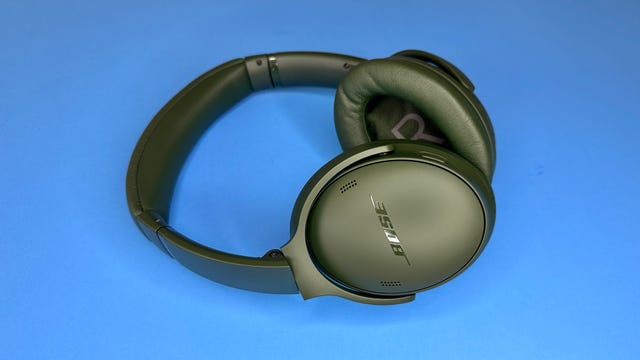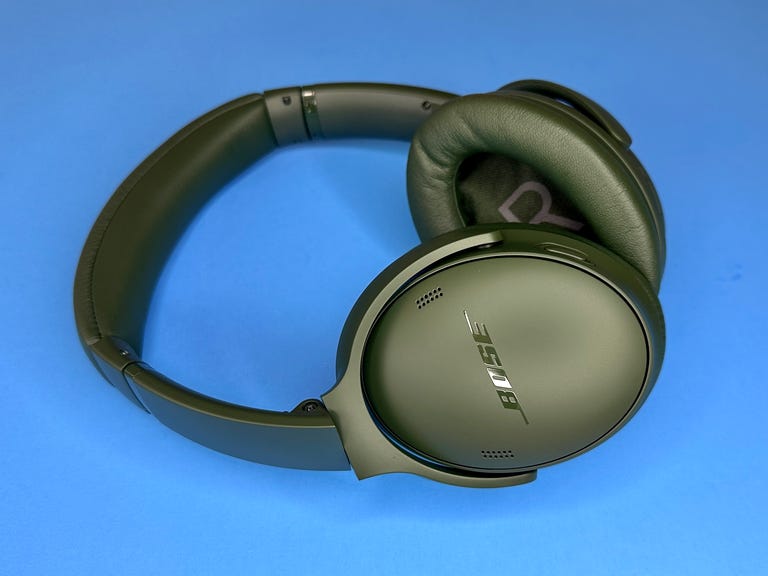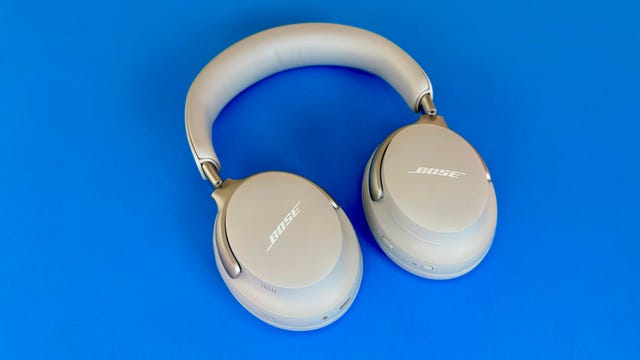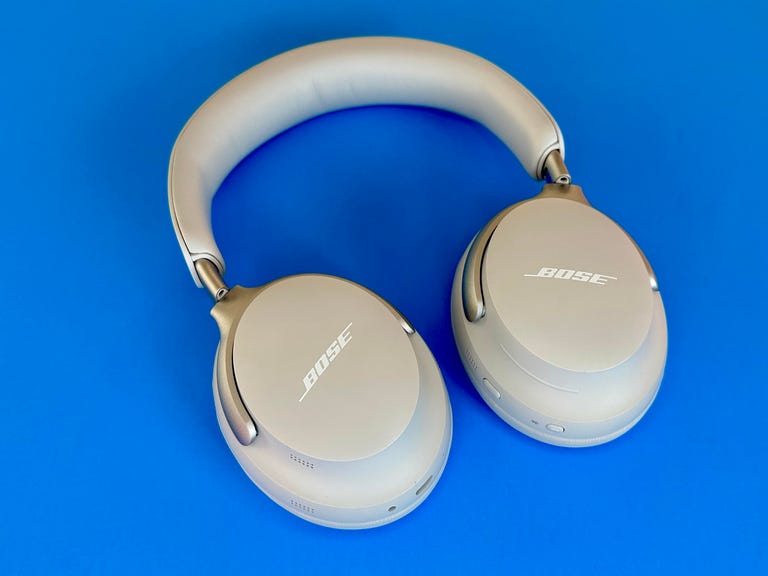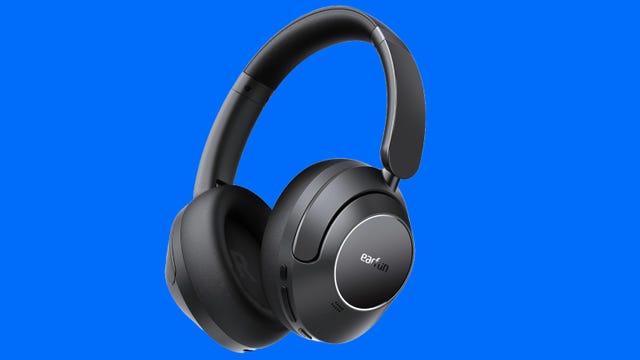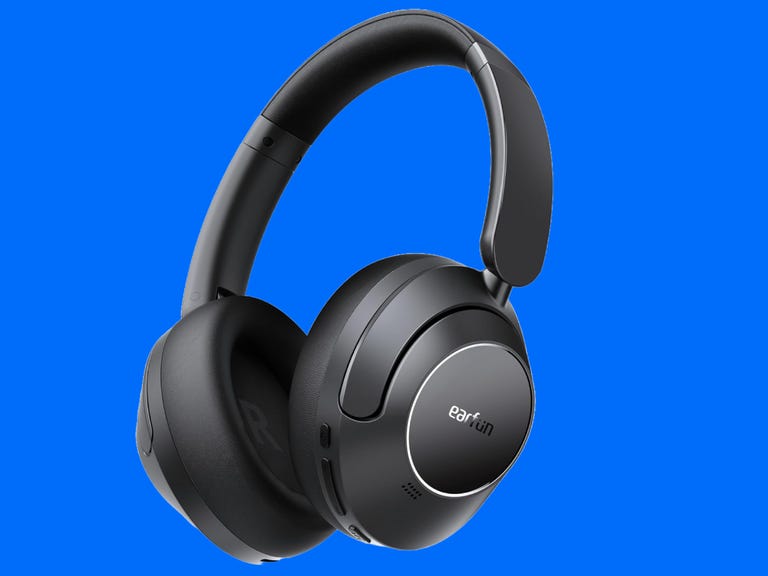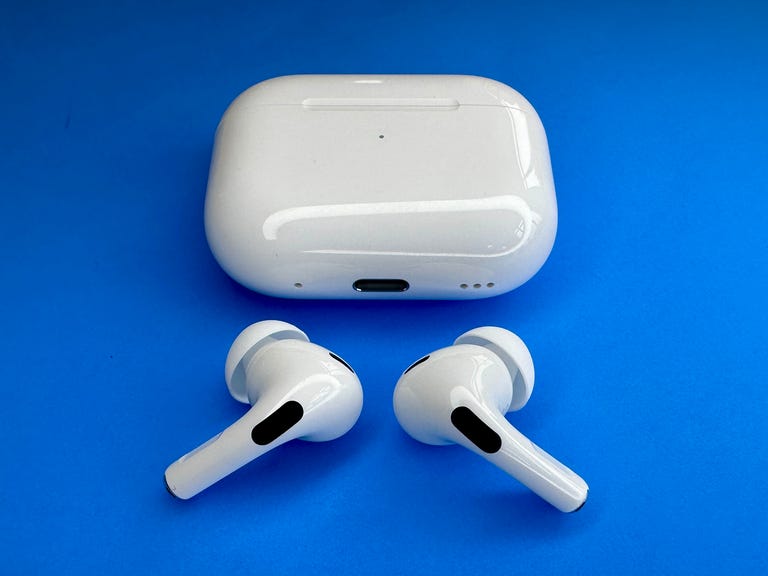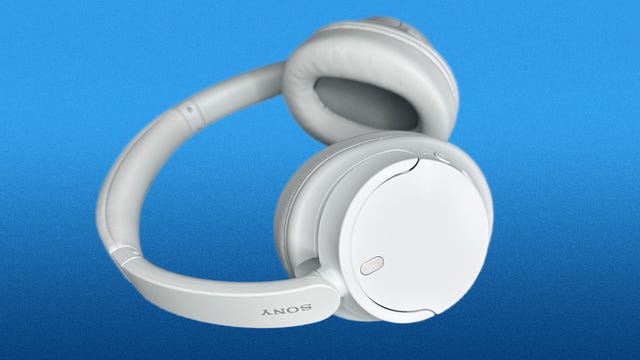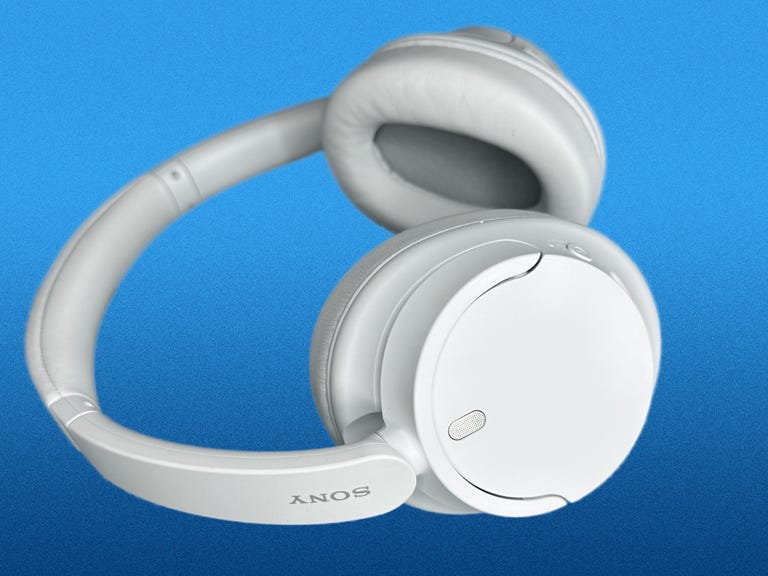What to consider
Budget
Value can reflect quality. Consider your needs and what your budget allows.
Fit (Comfort)
Ensuring the headphones you choose fit your head help minimize any discomfort from extended wear.
Durability
Sturdy quality helps ensure your headphones hold up well over time.
What are the best overall travel headphones?
When people talk about buying headphones to use for traveling, they tend to be looking for noise-canceling headphones that do a good job muffling noise on planes, trains and in other noisy environments. There are a lot of great noise-canceling headphones to pick from, and we have a more expansive list of the best noise-canceling headphones that you may also want to check out.
I’ve tested and used a lot of headphones during my travels over the last 10 years, and it’s tough to pick just one model as the absolute best overall travel headphones. For full-size models, I like the Bose QuietComfort Ultra Headphones, the Sony WH-1000XM5 and even the lightweight and more affordable Sony CH-720N (lighter is better when it comes to travel headphones). All these models are wireless headphones but they include a cord so you can plug into an in-flight entertainment system. They feature active noise canceling and are also good for making voice calls.
There are also plenty of great noise-canceling earbud options, including the highly-rated Bose QuietComfort Ultra Earbuds, Apple’s AirPods Pro 2 and Sony’s WF-1000XM5. True-wireless earbuds are easier to carry around and can be stored in your pocket. The downside is they don’t have a wired option and won’t connect to an in-flight entertainment system unless you buy a Bluetooth transceiver like Twelve South’s AirFly Pro (around $50) and other similar products you can find on Amazon. (Read our full review of the AirFly Pro.)
I’ve tested all the headphones on this list and will update the list as new travel-friendly headphones are released.
Best travel headphones of 2024
Best noise-canceling headphones from Sony
Sony WH-1000XM5
When you have a product that a lot of people love, change can be risky. Such is the case for Sony’s WH-1000XM5, the fifth generation of the 1000X series headphones, which were first released in 2016 as the MDR-1000X Wireless and have become increasingly popular as they’ve improved with each generation. Over the years, Sony has made some tweaks to the design, but nothing as dramatic as what it’s done with the WH-1000XM5. Other than the higher price tag, most of those changes are good, and Sony’s made some dramatic improvements with voice-calling performance as well as even better noise canceling and more refined sound.
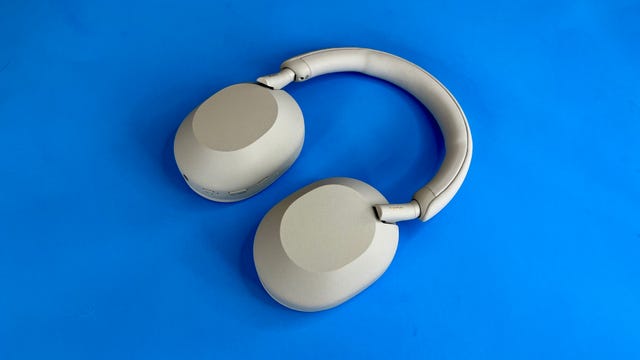
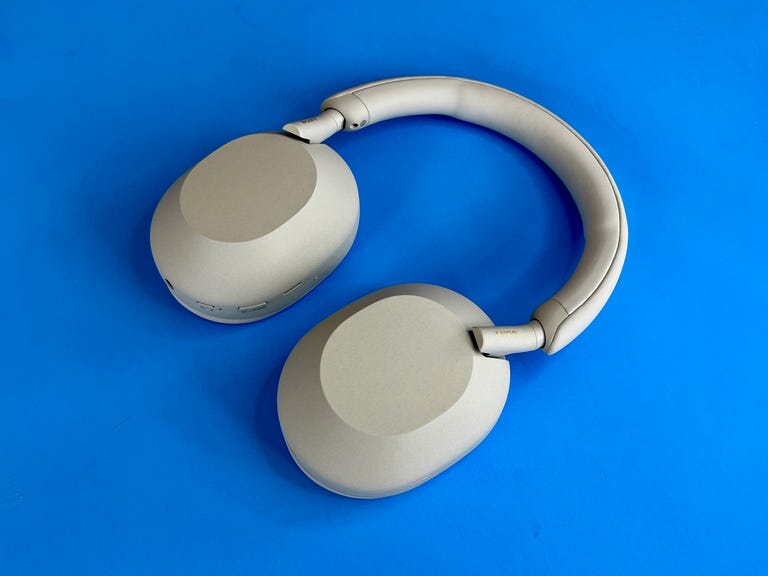
Best Sony earbuds
Sony WF-1000XM5
When Sony’s WF-1000XM4 earbuds came out in 2021, we awarded them a CNET Editors’ Choice. And while they’re excellent, we had some quibbles — they’re on the large side and aren’t a good match for certain ears. Clearly, Sony took those gripes to heart when it set out to design its next-generation WF-1000XM5 flagship noise-canceling earbuds. Not only are the XM5s smaller, but they also offer improved performance pretty much across the board, with better noise canceling, sound quality and voice calling. Are the XM5s perfect? Not quite. At $300 — $20 more than their predecessor — they’re costly too. Overall they’re really impressive; among the very top earbuds on the market.
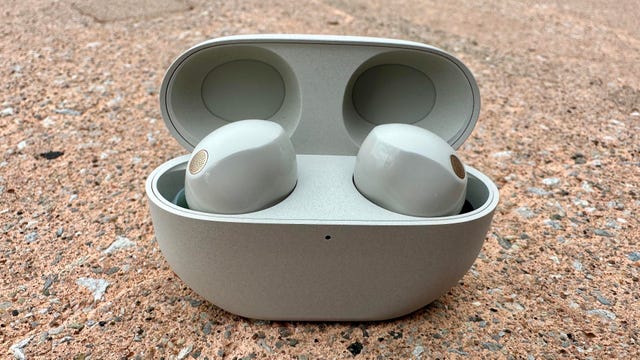
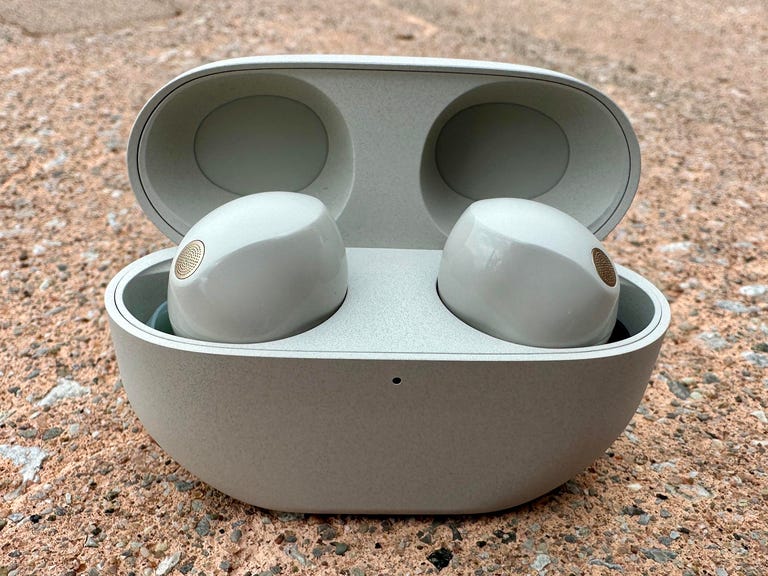
Best for noise-canceling
Bose QuietComfort Ultra Earbuds
While the QC Ultra Earbuds aren’t a major upgrade over Bose’s excellent QC Earbuds 2 that were released in 2022, they’re a little better. They should fit most ears very well, and they feature superb noise canceling, arguably the best out there. A natural-sounding transparency mode with a new ActiveSense feature kicks in some ANC should the sound get too loud around you (it’s sort of similar to the AirPods Pro’s Adaptive Audio feature). They also sound slightly better overall, with a touch more clarity, and their new Immersive Audio feature opens up the sound a bit.
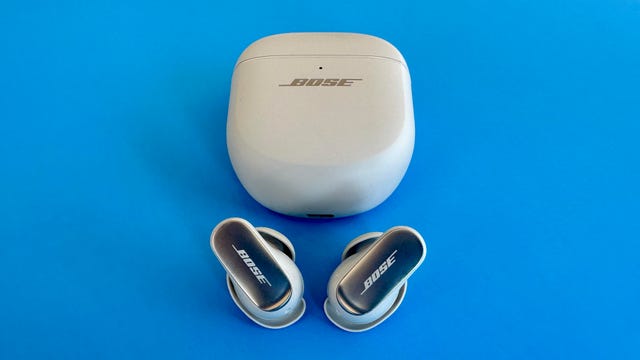
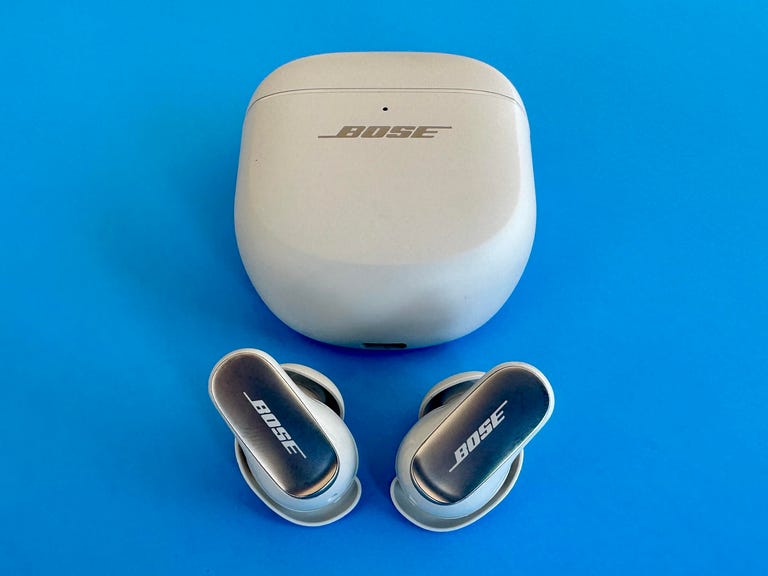
New mid-range JBL noise-canceling headphones
JBL Live 770NC
The well-designed and comfortable JBL Live 770NC offers some modest improvements over its predecessor, including better battery life (up to 65 hours with ANC off and 50 hours with ANC on) and Bluetooth 5.3 with LE Audio (via a future firmware upgrade). Equipped with 40mm drivers, you get bold, nicely defined sound with powerful bass that’s relatively tight. JBL’s Ambient Aware and TalkThru features are on board along with multipoint Bluetooth pairing (the one feature that’s missing is ear-detection sensors that pause your music when you take the headphones off). I thought the headphones’ noise muffling capabilities were good and callers said they could hear me well even in noisier environments except when the wind picked up around me. The headphones fold up and a simple carrying pouch (no hard case) is included along with a cable for wired listening.
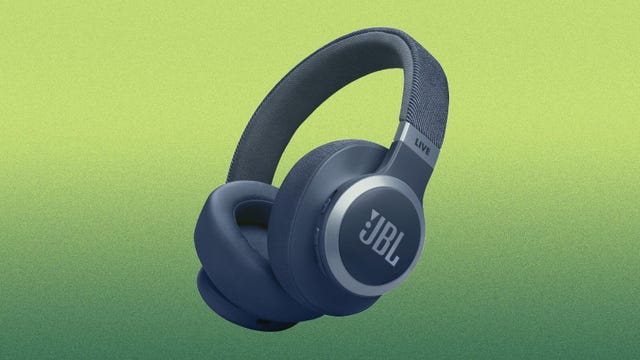
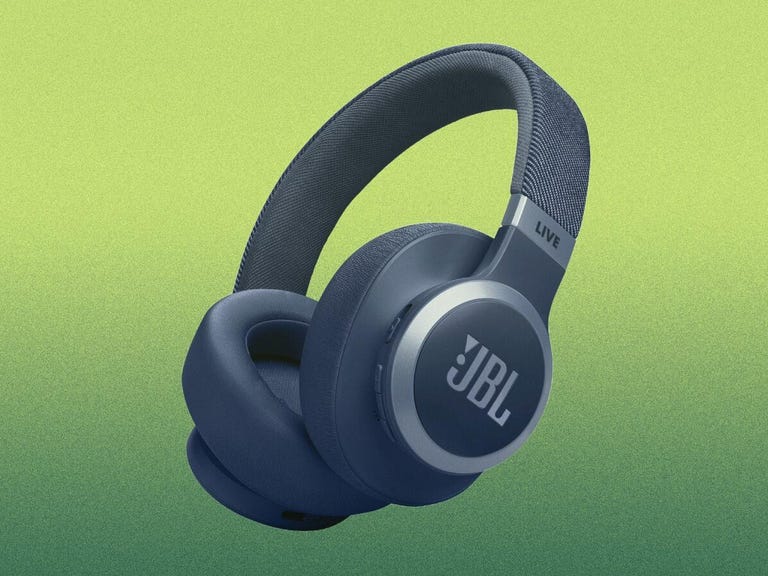
Best Beats over-ear headphones
Beats Studio Pro
Love ’em or hate ’em, Beats Studio headphones are among the most popular headphones of all time, launching as wired headphones back in 2008. This is the fourth generation version, and they carry the same list price as their predecessor and look very similar on the outside but have some big changes on the inside that make them significantly better headphones. I’m tempted to describe them as more affordable plastic versions of the AirPods Max. That’s not quite accurate due to a choice in chipsets and one notable missing feature. Read our full review to find out what makes this a very good headphone with some caveats.
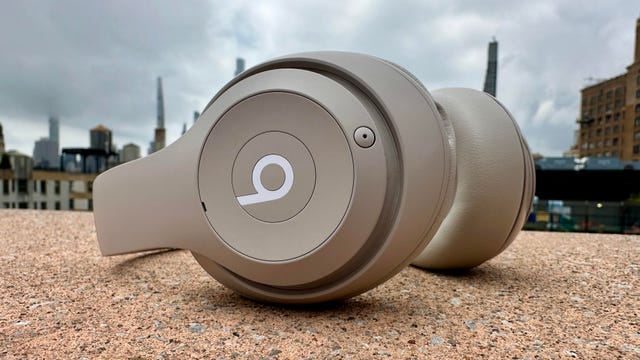
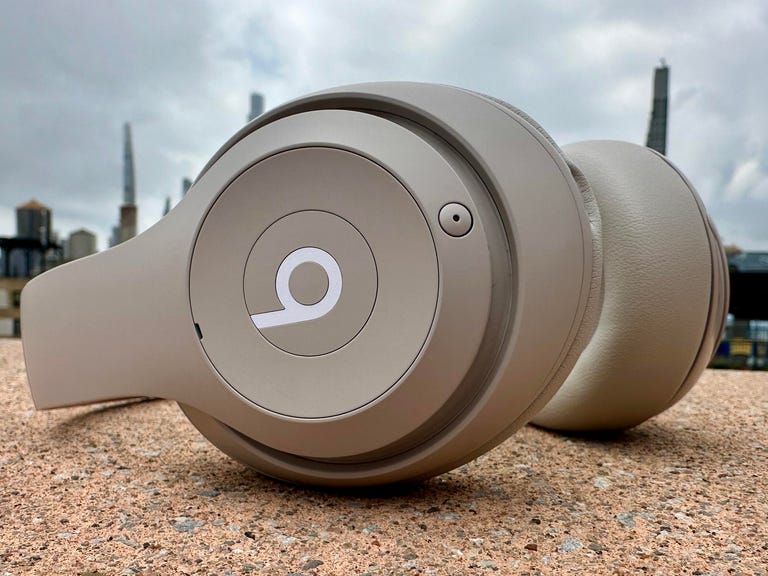
Best Sennheiser noise-canceling headphones
Sennheiser Momentum 4 Wireless
Sennheiser’s previous-generation Momentum Wireless headphones have always had a pretty distinct look that was part retro, part modern, and stood out for the exposed metal on their headband. For better or worse, that’s all gone now, and the new Momentum 4 Wireless, Sennheiser’s flagship noise-canceling headphones, look a bit more subdued and also a bit more like some of their competitors.
The Momentum 4 Wireless offers superior performance over the Momentum 3 Wireless in every regard, although the biggest gains are with noise canceling and voice-calling performance as well as battery life, which is outstanding (up to 60 hours at moderate volume levels). Transparency mode allows ambient sound in, and they can create a custom sound profile in the Smart Control app for iOS and Android using the built-in EQ, sound modes and a new Sound Personalization feature that “assesses the user’s listening preferences and adjusts the listening experience according to their taste.”
Equipped with 42mm drivers, Sennheiser says the Momentum 4 Wireless offers “best-in-class” sound, which is debatable. I’d say the Momentum 4’s sound quality is right there with other models in this price range. They sound excellent, with the requisite well-defined, punchy bass, relatively wide soundstage (they sound pretty open) and smooth treble that brings out some of the finer details in well-recorded tracks. They’re a pleasure to listen to.
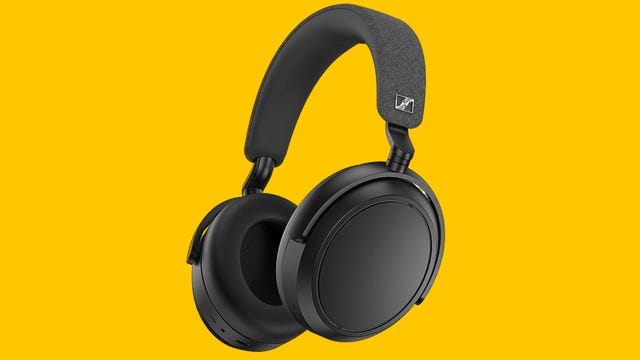
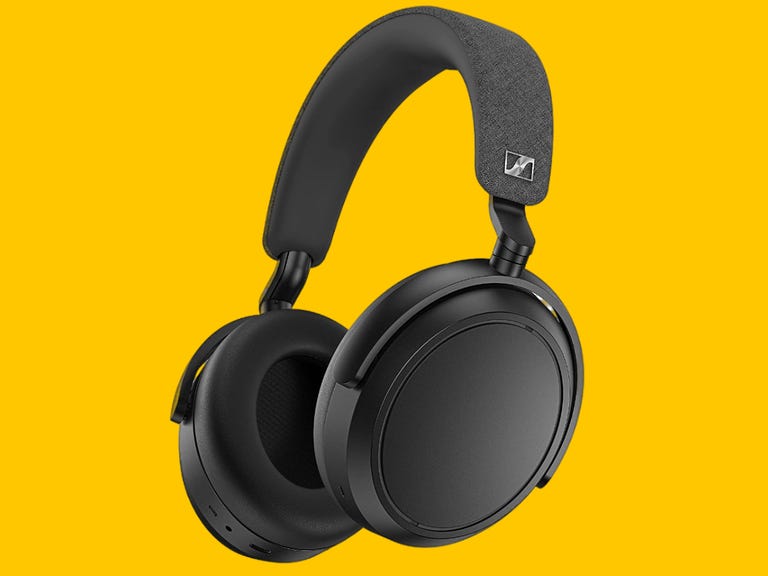
Slightly upgraded Bose noise-canceling headphones
Bose QuietComfort Headphones
When Bose released its new flagship QuietComfort Ultra Headphones, it also replaced the QuietComfort 45s with a new, slightly updated model simply called the QuietComfort Headphones. Like the QC 45s, this model carries on the very comfortable tried-and-true legacy QuietComfort design that’s been around for a few generations and that people continue to love. The QC Ultra Headphones add Bose’s new Immersive Audio feature and have a more refined design with some metal parts (they also have Bluetooth 5.3 instead of Bluetooth 5.1). The QuietComfort Headphones still feature very good sound (the Ultras offer a small step up in sound quality), excellent noise canceling and strong voice-calling performance.
As for differences between these and the QC45s, Bose says it adjusted some of the electronics to improve battery life (now 24 hours vs. 22 hours) and adjusted the logos to make the products “visually distinguishable and more in line with its latest design language.” It also added an inline microphone to the auxiliary cable to “help with some users who may prefer a plug-and-play solution rather than Bluetooth pairing.” There’s also a Wind Block feature and some additional small performance improvements due to software upgrades. Finally, the headphones come in new color options, including green and a light blue version that’s only available at bose.com.
While the QuietComfort Headphones carry a $350 list price that’s $50 higher than that of the QC 45s, we expect them to be regularly discounted to $250 and possibly less than that in 2024 — so look to buy them when they’re on sale. You can read our review of the QuietComfort 45 to get a good take on the QuietComfort Headphones.
